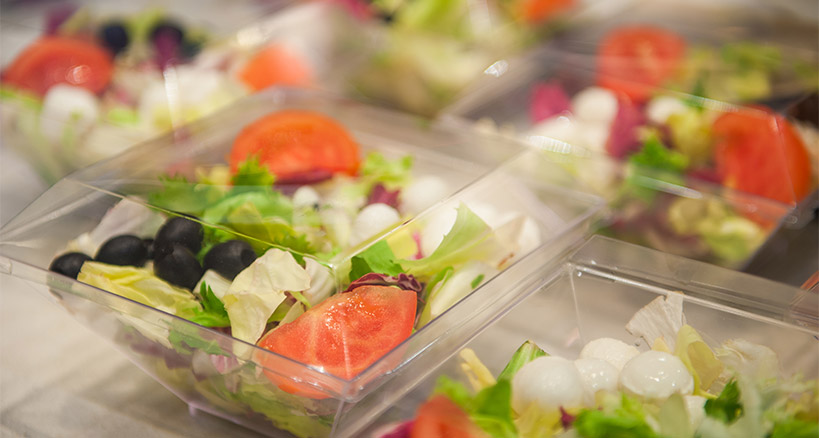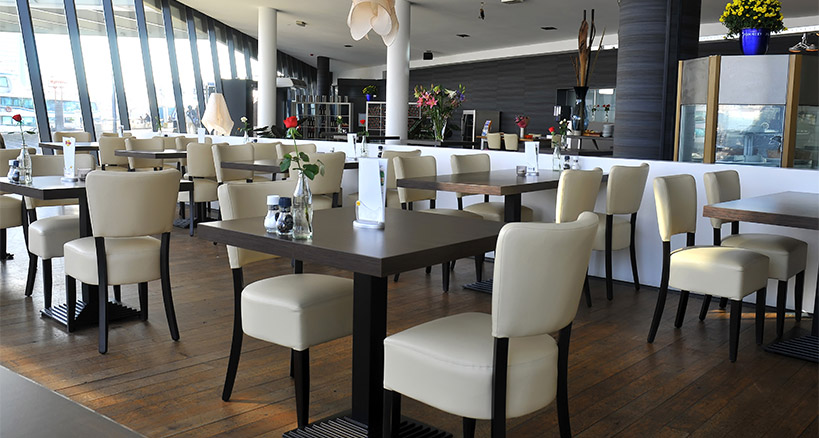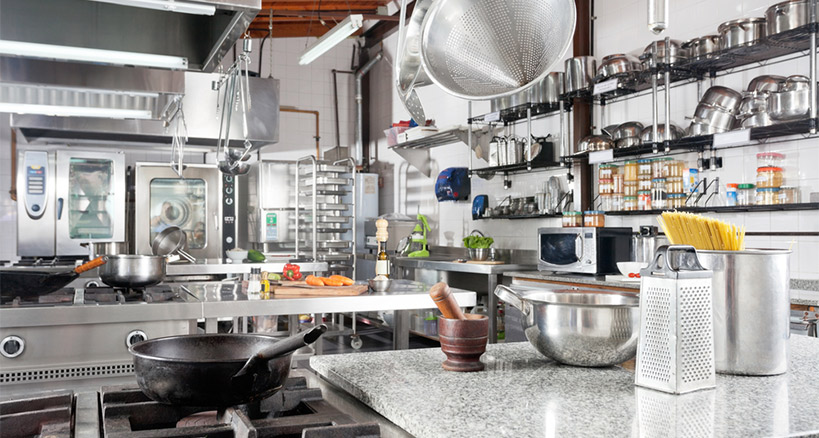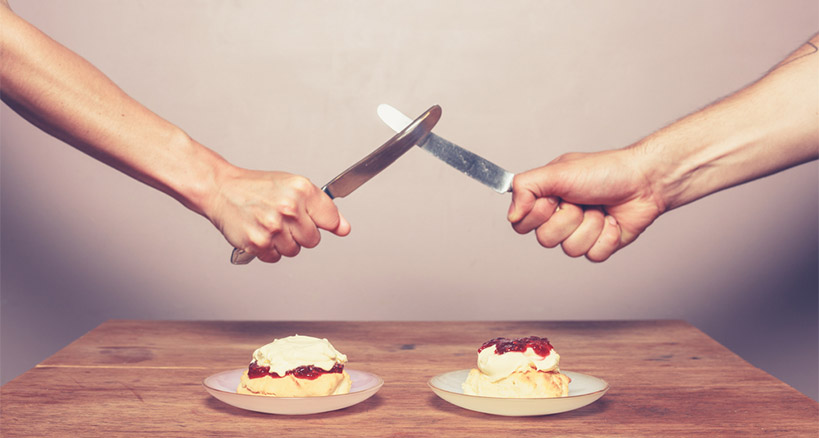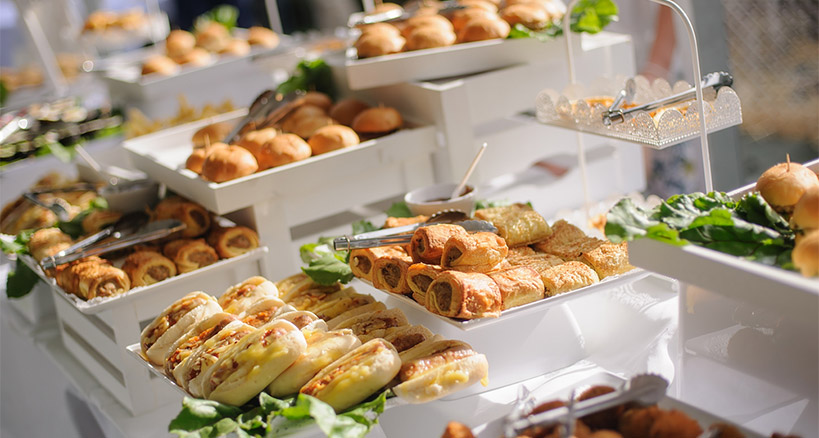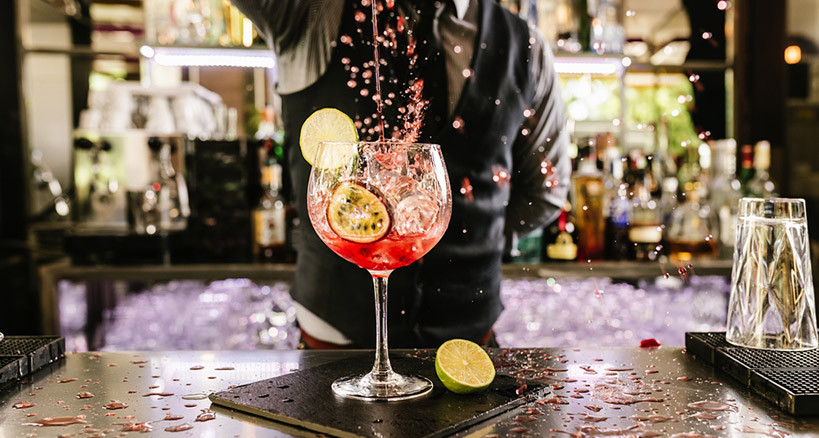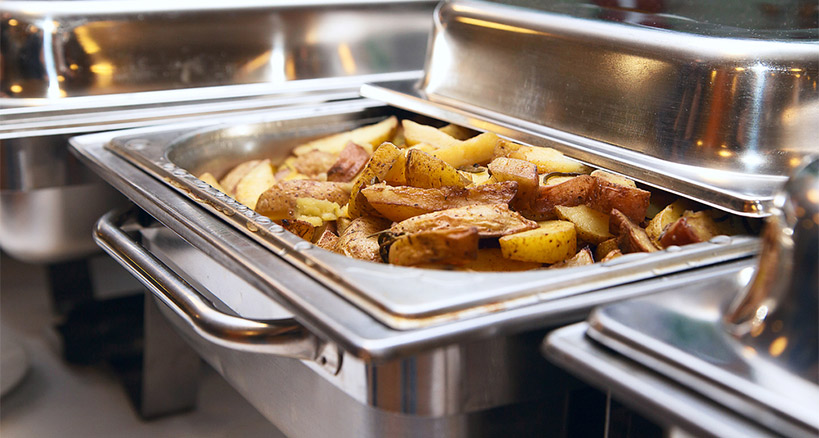
All About Chafing Dishes
A chafing dish (from the French word, chauffer, which means “to make warm”) is a portable and essential piece of equipment in the food industry. For catering businesses, the chafing dish is the foundation of any food presentation. They are also essential in restaurants that specialize in buffets with hot dishes. Chafing dishes (a.k.a. chafers) are made to keep food warm – from two to six hours – and they are the most affordable and convenient way to heat your delicious buffet items.
What is a Chafing Dish?
A chafing dish is a multi-layered apparatus: it uses chafing fuel to heat a large, shallow pan of water, which in turn heats a pan of food above it. The food in the pan stays hot, and the indirect heat, along with the water, keeps it from scorching or drying out. Electric chafers and induction chafers are other types of chafing dishes that don’t use fuel, but still use water as a medium to transfer heat, and are great for permanent buffets (like in restaurants).
Continue reading Why the Right Chafing Dish is Essential to Every Catered Buffet

